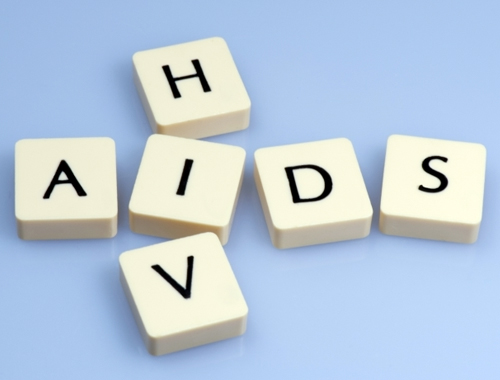Chapter 14. Major Sexually Transmitted Infections: Some Basics
14.1 Synopsis
Welcome
Major Sexually Transmitted Infections: Some Basics
This activity examines the causes, symptoms, and rates of several different types of sexually transmitted infections (STIs).
Click the 'Get Started' button below to start this activity

14.2 Major Sexually Transmitted Infections: Some Basics
Major Sexually Transmitted Infections: Some Basics
These and other sexually transmitted infections (STIs), if left untreated, may lead to serious reproductive and other health problems or even, as with HIV/AIDS and syphilis, to death. STIs can be avoided by consistently using condoms, having sex only in a relationship with an uninfected partner, or abstaining from sex—oral, anal, and genital.

14.3 Major Sexually Transmitted Infections: Some Basics
Learn more about sexually transmitted infections (STIs)

Question 14.1 Rates of STIs among sexually active teenagers
7k9MXvfwPeGv1mF7xpE4Bm8kQvByUcyUJ++GgEIKEg3NEXPhusYutz3G0nWCvQwGgIiEp0AZK6LO9UHj+gERmBTu8A3gqqbiRBD368g47OzKdgA7kP0JRLEZQ98UGvMlo2MjjT2j4JFI+B71OVTcEWzf97RoKrV/wtOBqMallZe/DTUGTm9LS5YK5FniSHmPrTHa1Reu0lls+MB21jCuH4nObr2rbltUaS57+Ffp8cts37pgbMwTIHWhD1KVrbF1xtv/lV3hpQRGtdHAHA3d0RApRbyCwdUKdAcCNhuJ8H+v2szPH+5tM1KFO0bFYZ3+hD4QyebgNFZfsFmHaIdLwe/+dY6SxhdAyiBLQS8jX37sSkctis/+LlmegRVIFMJ9PTF5RIDQzETNKYgTIndMEj87ndPqJOg1L9Dbmrml2tZDo2rI4dVgug9S9QSY624Vo0DwORIewBOWUK8eHPMWMdmodUBWqORmpuVmxiRxYgQsGsarZFOaCbc2beB4kTqSlMq0zElJ2ieEwa8rGwxFKo/cqIssUKaneCcQ1hEiTseo6CT1StBPDZ8dcLVOsx6nvaooFTmsGDlYGnthCK4ZKvvjQc52Lv7qX0t5yNF3pq8QCmFnkVcwHXvQdpErED/cquvcxb9FH/gGOhntaIFJ0rSvTjU=14.4 Activity Completed!
Congratulations! You have completed this activity.
REFERENCES
Centers for Disease Control and Prevention. (2014, December 16). 2013 Sexually transmitted diseases surveillance: Table 45. Selected STDs and complications - Initial visits to physicians' offices, national disease and therapeutic index, United States, 1966-2013. Atlanta, GA: Centers for Disease Control and Prevention.
Centers for Disease Control and Prevention. (2014). 2013 Sexually Transmitted Disease Surveillance. Atlanta: U.S. Department of Health and Human Services.
Centers for Disease Control and Prevention. (2012). HIV diagnoses (2012). from NCHHSTP Atlas http://gis.cdc.gov/GRASP/NCHHSTPAtlas/main.html
Centers for Disease Control and Prevention. (2013, February). Incidence, prevalence, and cost of sexually transmitted infections in the United States: CDC Fact Sheet. Atlanta, GA: Centers for Disease Control and Prevention, Division of STD Prevention.